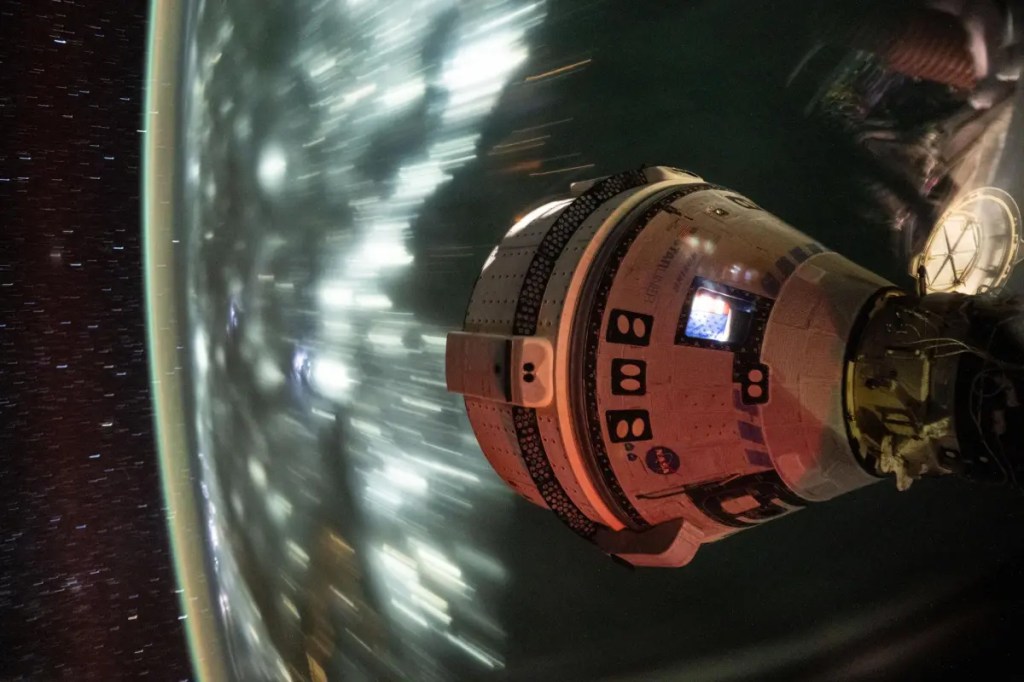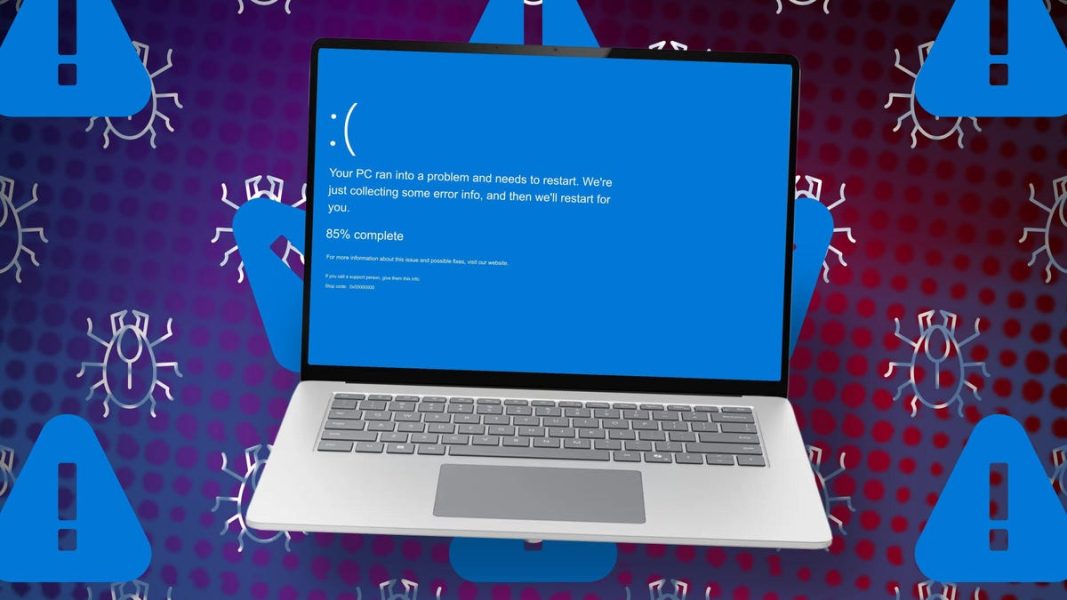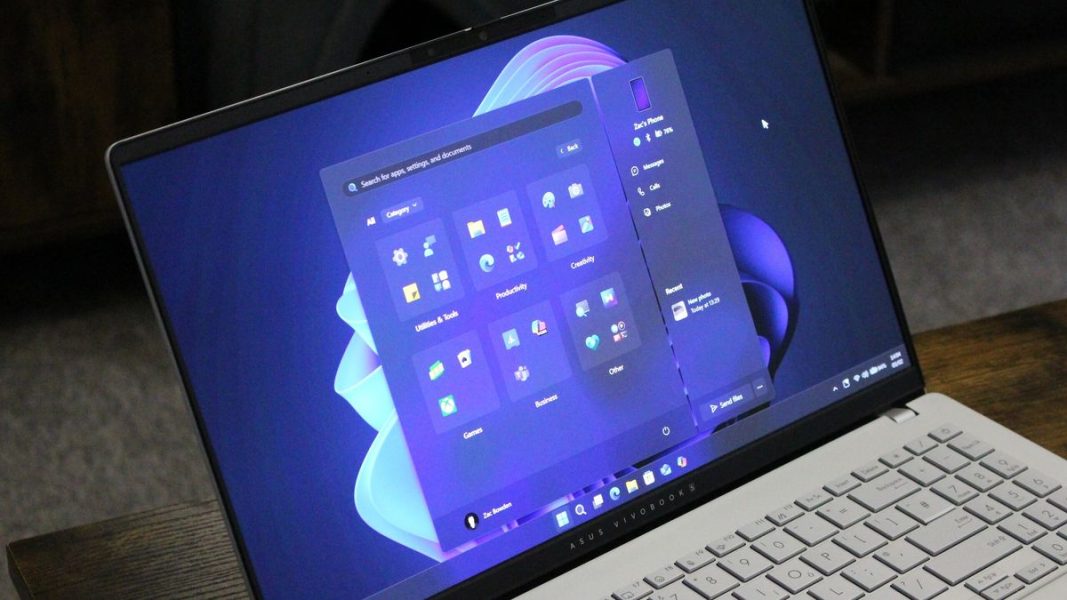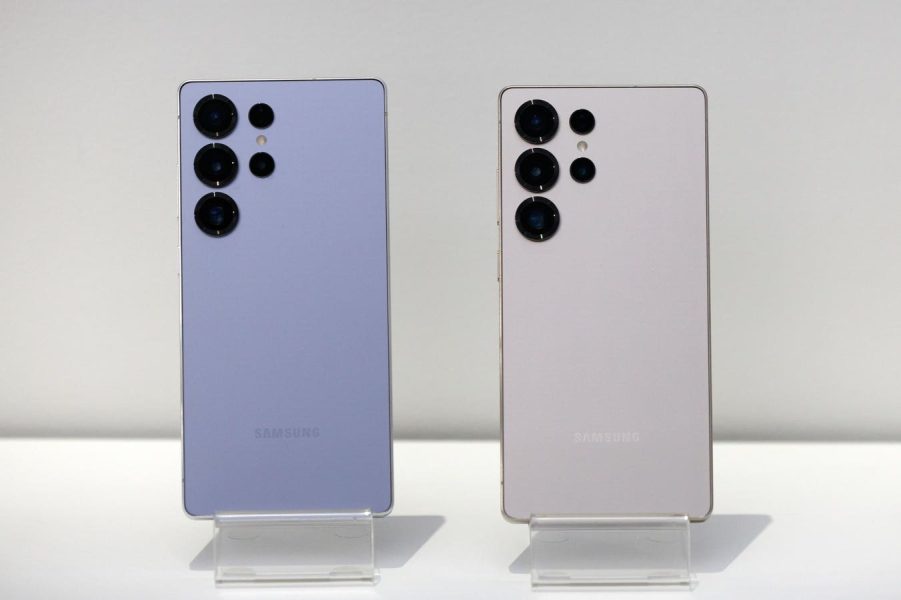Watchdog panel’s annual NASA safety report reveals new Boeing Starliner issue, questions viable future – Orlando Sentinel

Daily e-EditionEvening e-EditionSign up for email newslettersSign up for email newslettersDaily e-EditionEvening e-Edition
Trending: The annual watchdog report tasked to gauge NASA safety commended the agency’s handling of last year’s beleaguered Boeing’s Starliner mission, but revealed yet another issue found during the flight and questioned the agency’s needs for the spacecraft in the future.The Aerospace Safety Advisory Panel (ASAP), which was formed in 1968, released its assessment of NASA mission safety from 2024 paying specific attention to human risk, especially at the International Space Station and from Commercial Crew Program providers SpaceX and Boeing.The headliner was Boeing’s first crewed flight of its long-delayed CST-100 Starliner spacecraft, which suffered helium leaks and thruster failures on its propulsion system on its way up to the ISS. That led to a monthslong saga that ultimately saw Starliner leave its two NASA astronauts behind on the station because of the risk of flying them home.The ASAP report commended NASA’s call to favor astronaut safety, but as an observer during the sundry meetings leading up to the decision, it warned the agency needs to better define who’s in charge.“The agency presumed risk, demanding proof that the mission was safe rather than assuming safety and forcing dissenters to prove otherwise,” the report stated.Boeing Starliner official talks pros and cons of NASA contractsIt noted that NASA leadership had directed a post-mission review of the mission, but before that’s completed, the ASAP report raised at least one red flag amid the public-private partnership that drives the Commercial Crew Program.
“It is already evident this case illustrates the pressing need for clear roles and responsibilities for service providers with respect to risk,” it stated.The report called out ambiguity in Boeing and NASA’s relationship during an initial Boeing-led meeting that looked at the problems as it was then countered by NASA calling for more analysis.It also stated that it was unclear how a decision was made to waive a failure tolerance requirement on some of the thrusters without flight or qualification data to justify the decision.“These examples illustrate the panel’s concern that, absent role clarity, risk management choices could unintentionally devolve to contractors, whose interests may not fully align with NASA’s,” the report warned.Members of ASAP had actually asked NASA about that potential conflict before Starliner ever launched and the report said ASAP had “received assurance that risk management authorities and responsibilities were well understood.”The ASAP report, though, stated NASA’s investigative team is likely to find there was room for improvement.“Regardless, the panel urges NASA to establish clear contractual and programmatic direction regarding roles and responsibilities” within the Commercial Crew Program including the structure of commercial partners’ management teams “for anomaly resolution, particularly when addressing significant in-flight anomalies that could affect crew safety,” the report stated.It also revealed that in addition to the thruster and leak issues on the propulsion module driving the decision to fly home without astronauts, Starliner had a new issue as it made its way back to Earth.“Overall, Starliner performed well across all major systems in the undock, deorbit, and landing sequences; however, an additional mono propellant thruster failure was discovered in the crew module — distinct from the failures in the service module experienced during orbit,” the report stated. “Had the crew been aboard, this would have significantly increased the risk during reentry, confirming the wisdom of the decision.”As far as Starliner’s path to certification, the ASAP report said it would continue to monitor several unresolved issues with thrusters and seek information on how NASA and Boeing plan to get the spacecraft certified.“While the thruster issues have received considerable attention, the panel has previously noted other Starliner issues that require resolution prior to certification,” it statedThat includes a battery redesign and work to strengthen the landing airbag apparatus.“Beyond these technical matters, schedule and budget pose substantial challenges to Starliner certification,” the report added.With the ISS slated to be decommissioned after 2030, Boeing only has a contract to fly six rotational crew missions, and the earliest it would be able to fly one would be late this year — and then only if certified.“Until the Starliner certification plan is well understood, it remains unclear as to whether a second provider will be available prior to the end of the ISS’s operational life,” the report stated. “While NASA could potentially realize a benefit from having a reliable second provider, NASA should regularly review its risk-benefit analysis to ensure the overall risks of its plans remain acceptable.”Meanwhile, SpaceX, which had its Crew Dragon spacecraft certified after a successful crewed test flight in 2020, has already flown up nine operational crew rotation flights to the ISS with a 10th on tap as soon as March.That mission, Crew-10, is actually the one being waited on by the two Starliner astronauts that were left behind on the station. NASA astronauts Butch Wilmore and Suni Williams became part of the Crew-9 mission when that Crew Dragon arrived in September with only two instead of the normal four passengers — meaning Wilmore and Williams had a ride home.Elon Musk says Trump calls on SpaceX to bring Starliner astronauts home ASAPThe flight home, though, is not slated to happen until the Crew-10 arrival allowing for a short turnover period between crews at the station. While delays to SpaceX’s new and fifth Crew Dragon capsule had already delayed the Crew-10 launch from a planned February liftoff to no earlier than late March, it’s possible SpaceX will shift plans and fly Crew-10 up on one of its existing Crew Dragon spacecraft instead.President Trump confirmed he had asked SpaceX founder Elon Musk to get the Starliner astronauts home as soon as possible, but how and by what timeline that might occur has yet to be announced.In the end, Williams and Wilmore will have spent potentially more than eight months on board the station for a mission that was originally targeting as little as an eight-day stay.The Aerospace Safety Advisory Panel (ASAP), which was formed in 1968, released its assessment of NASA mission safety from 2024 paying specific attention to human risk, especially at the International Space Station and from Commercial Crew Program providers SpaceX and Boeing.The headliner was Boeing’s first crewed flight of its long-delayed CST-100 Starliner spacecraft, which suffered helium leaks and thruster failures on its propulsion system on its way up to the ISS. That led to a monthslong saga that ultimately saw Starliner leave its two NASA astronauts behind on the station because of the risk of flying them home.The ASAP report commended NASA’s call to favor astronaut safety, but as an observer during the sundry meetings leading up to the decision, it warned the agency needs to better define who’s in charge.“The agency presumed risk, demanding proof that the mission was safe rather than assuming safety and forcing dissenters to prove otherwise,” the report stated.Boeing Starliner official talks pros and cons of NASA contractsIt noted that NASA leadership had directed a post-mission review of the mission, but before that’s completed, the ASAP report raised at least one red flag amid the public-private partnership that drives the Commercial Crew Program.“It is already evident this case illustrates the pressing need for clear roles and responsibilities for service providers with respect to risk,” it stated.The report called out ambiguity in Boeing and NASA’s relationship during an initial Boeing-led meeting that looked at the problems as it was then countered by NASA calling for more analysis.It also stated that it was unclear how a decision was made to waive a failure tolerance requirement on some of the thrusters without flight or qualification data to justify the decision.“These examples illustrate the panel’s concern that, absent role clarity, risk management choices could unintentionally devolve to contractors, whose interests may not fully align with NASA’s,” the report warned.Members of ASAP had actually asked NASA about that potential conflict before Starliner ever launched and the report said ASAP had “received assurance that risk management authorities and responsibilities were well understood.”The ASAP report, though, stated NASA’s investigative team is likely to find there was room for improvement.“Regardless, the panel urges NASA to establish clear contractual and programmatic direction regarding roles and responsibilities” within the Commercial Crew Program including the structure of commercial partners’ management teams “for anomaly resolution, particularly when addressing significant in-flight anomalies that could affect crew safety,” the report stated.It also revealed that in addition to the thruster and leak issues on the propulsion module driving the decision to fly home without astronauts, Starliner had a new issue as it made its way back to Earth.“Overall, Starliner performed well across all major systems in the undock, deorbit, and landing sequences; however, an additional mono propellant thruster failure was discovered in the crew module — distinct from the failures in the service module experienced during orbit,” the report stated. “Had the crew been aboard, this would have significantly increased the risk during reentry, confirming the wisdom of the decision.”As far as Starliner’s path to certification, the ASAP report said it would continue to monitor several unresolved issues with thrusters and seek information on how NASA and Boeing plan to get the spacecraft certified.“While the thruster issues have received considerable attention, the panel has previously noted other Starliner issues that require resolution prior to certification,” it statedThat includes a battery redesign and work to strengthen the landing airbag apparatus.“Beyond these technical matters, schedule and budget pose substantial challenges to Starliner certification,” the report added.With the ISS slated to be decommissioned after 2030, Boeing only has a contract to fly six rotational crew missions, and the earliest it would be able to fly one would be late this year — and then only if certified.“Until the Starliner certification plan is well understood, it remains unclear as to whether a second provider will be available prior to the end of the ISS’s operational life,” the report stated. “While NASA could potentially realize a benefit from having a reliable second provider, NASA should regularly review its risk-benefit analysis to ensure the overall risks of its plans remain acceptable.”Meanwhile, SpaceX, which had its Crew Dragon spacecraft certified after a successful crewed test flight in 2020, has already flown up nine operational crew rotation flights to the ISS with a 10th on tap as soon as March.That mission, Crew-10, is actually the one being waited on by the two Starliner astronauts that were left behind on the station. NASA astronauts Butch Wilmore and Suni Williams became part of the Crew-9 mission when that Crew Dragon arrived in September with only two instead of the normal four passengers — meaning Wilmore and Williams had a ride home.Elon Musk says Trump calls on SpaceX to bring Starliner astronauts home ASAPThe flight home, though, is not slated to happen until the Crew-10 arrival allowing for a short turnover period between crews at the station. While delays to SpaceX’s new and fifth Crew Dragon capsule had already delayed the Crew-10 launch from a planned February liftoff to no earlier than late March, it’s possible SpaceX will shift plans and fly Crew-10 up on one of its existing Crew Dragon spacecraft instead.President Trump confirmed he had asked SpaceX founder Elon Musk to get the Starliner astronauts home as soon as possible, but how and by what timeline that might occur has yet to be announced.In the end, Williams and Wilmore will have spent potentially more than eight months on board the station for a mission that was originally targeting as little as an eight-day stay.Copyright © 2025 Orlando Sentinel



